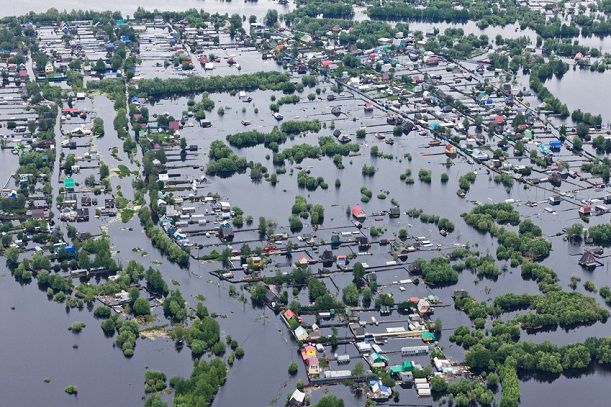Ericsson and NEC have developed two separate mobile solutions to aid populations ravaged by disaster or crisis.
The Swedish vendor has committed to developing the Ericsson Emergency Wallet, which is designed to help the transfer and use of digital funds by relief workers and affected populations when the traditional financial infrastructure is not available.
Ericsson said mobile financial services are among “the quickest, safest, and most efficient ways” of bringing financial services to those who need them.
The vendor is working with the Bill and Melinda Gates Foundation on the project. It presented its plans at this week’s World Humanitarian Summit.
Peter Heuman, Head of M-Commerce at Ericsson said: “Ericsson Emergency Wallet builds on our expertise in deploying mobile financial services in emerging markets. The solution enables a method of money transfer that is mobile which allows for a quicker, safer and more cost-effective way for the humanitarian organisations to distribute digital aid in disaster areas.”
David Miliband, President and CEO, International Rescue Committee (IRC) added: “Digital payment mechanisms are essential to delivering effective cash transfers to address the large scale humanitarian needs caused by today’s crises. However, only 30 percent of countries facing severe humanitarian emergencies have digital payments infrastructure to support scaled-up response. The IRC welcomes efforts such as the Ericsson Emergency Wallet solution to close this gap.”
Meanwhile, NEC has developed a method of sending high quality images while outside of a public safety LTE network.
The vendor said this technology would aid police and firefighters to send pictures from the scene of a disaster or emergency.
The technology works by piggybacking devices outside of the public safety network area to those within it. Those devices can then transfer the relevant information via the nearest base station.
Yuichi Nakamura, General Manager, System Platform Research Laboratories, NEC Corporation, said: “By utilising this technology, images from large-scale disasters and major accidents can be transmitted via a high-speed LTE network, even when outside of the public safety LTE service area. This makes it possible to obtain accurate information from the scene and to implement a swift response.
“We believe this technology can contribute substantially to the development of secure and safe infrastructure that reliably supports society.”



